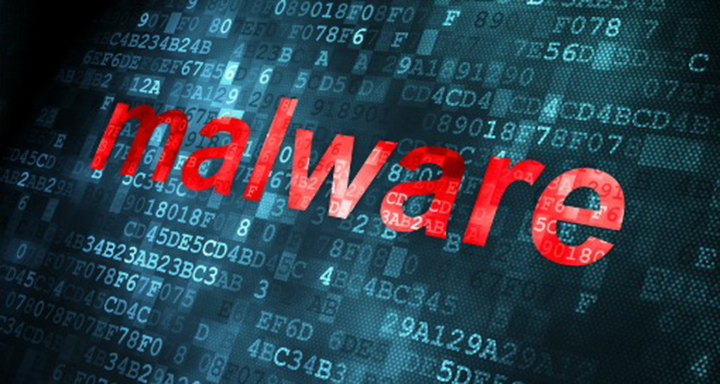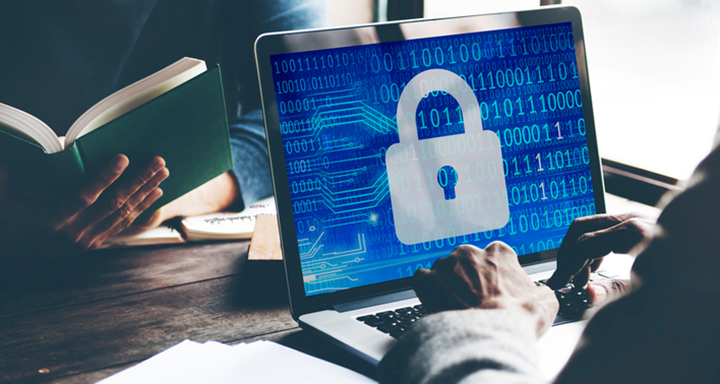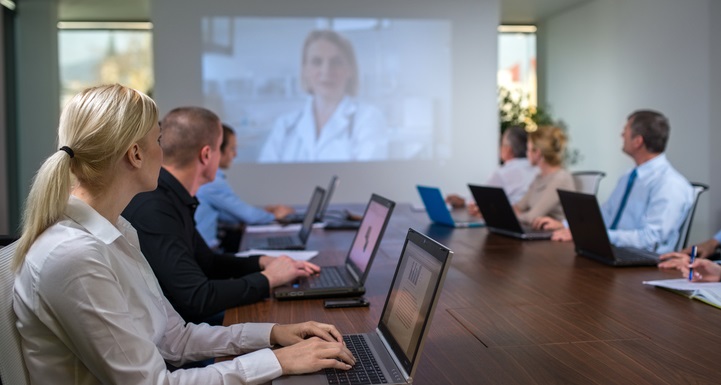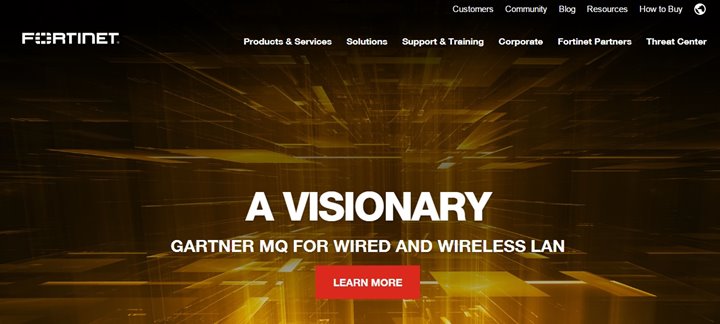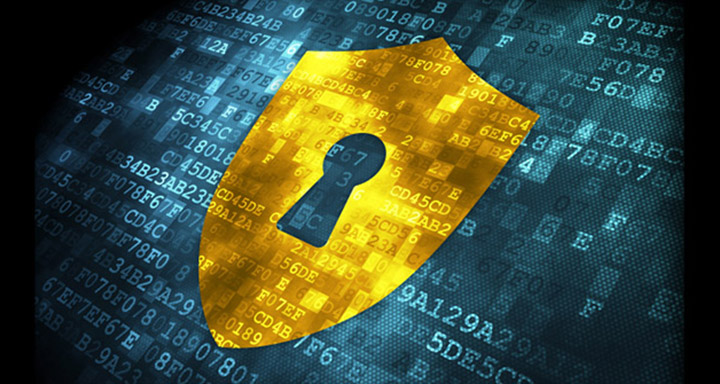Malware is the shorter and more popular name of “malicious software,” which is a software or computer program specially created to inflict harm to a computer in more ways than one and right under the nose of the unsuspecting owner. It comes in various types and forms such as worms, spyware, viruses, keyloggers, adware, Trojans, and other malicious codes that creep into the computer.
It is important to immediately recognize the malicious software in whatever form and stop it from creating havoc to your computer, and at the same time provide maximum network security. Prevention is still the best form of protection that you can give to your computer.
Brief Descriptions of the Popular Types of Malware
Your IT security is compromised if your computer has a malware. Knowing the different types of malicious software can help you stop it immediately before it creates havoc into your computer system. Computer viruses are, perhaps, the most common type of malicious software. They spread quickly by producing copies of themselves.
They can infect your files, which may become inaccessible or useless. Worm also replicates itself, but unlike the computer virus it does not need an existing program to attach itself and proliferate. It uses the network to spread to other computers. The spyware has the ability to gather or steal personal information such as a person’s data and credit card number.
The adware automatically downloads or displays advertising materials to the online user’s computer, and such action usually affects the net activity of the user. A Trojan is often employed by hackers and cyber-thieves to breach the IT security of the user’s computer system. Trojan usually appears as legit software, which makes it an effective malware. Understand that these are the most popular types of malicious software and other less popular malicious software could be targeting your computer right now.
Global Venture of Criminals
There are different factors that make the computers more susceptible to malicious software attacks. The different factors include flaws in the design of the operating system (OS), use of Windows OS (its popularity makes it the favorite target of malware programmers), and others.
The next big questions are: who are responsible for the creation of the malicious software and why do these people create them? Before, teenage pranksters created malware to gather attention or because they were bored. Today, professional criminals design or use them for their own gain. These criminals have a variety of tactics at their disposal using the different malware. The identity or important personal information of each individual is no longer safe.
Criminals can easily access the said information in a matter of time. They can use the data and hold it for ransom or other criminal acts that they have in mind. The greatest risk that online users may face is the ability of these hi-tech criminals to rob their online banking information incognito. These criminals can also use the credit card information to engage in fraudulent transactions. They can do anything with the important personal information that they hold in their hands.
Understanding Malware Protection
It is important to have network security whenever you go online, and you need to do everything in your power to make sure that you are fully protected. Having a malicious software security protection, apart from your usual computer protection, can give your computer or network an added layer of protection.
Every computer owner must have an efficient antivirus software package that can effectively provide maximum IT security. Well-designed antivirus software must be able to immediately check the newly downloaded program or file to make sure that it has no malware. It should periodically scan the entire computer system to spot and attack the stubborn malware.
There’s also a type of malicious software that will only reveal its real self after so many days or weeks. Your antivirus software must be able to recognize the suspicious websites or program and prevent you from visiting such sites or running the program. Your malware protection must be easy to download and install so you can use it right away. Keep in mind that you also need to do your share to prevent malware invasion. If a file appears dubious, don’t download it. If a certain email is suspicious, don’t open it.
Featured Image: adweek



